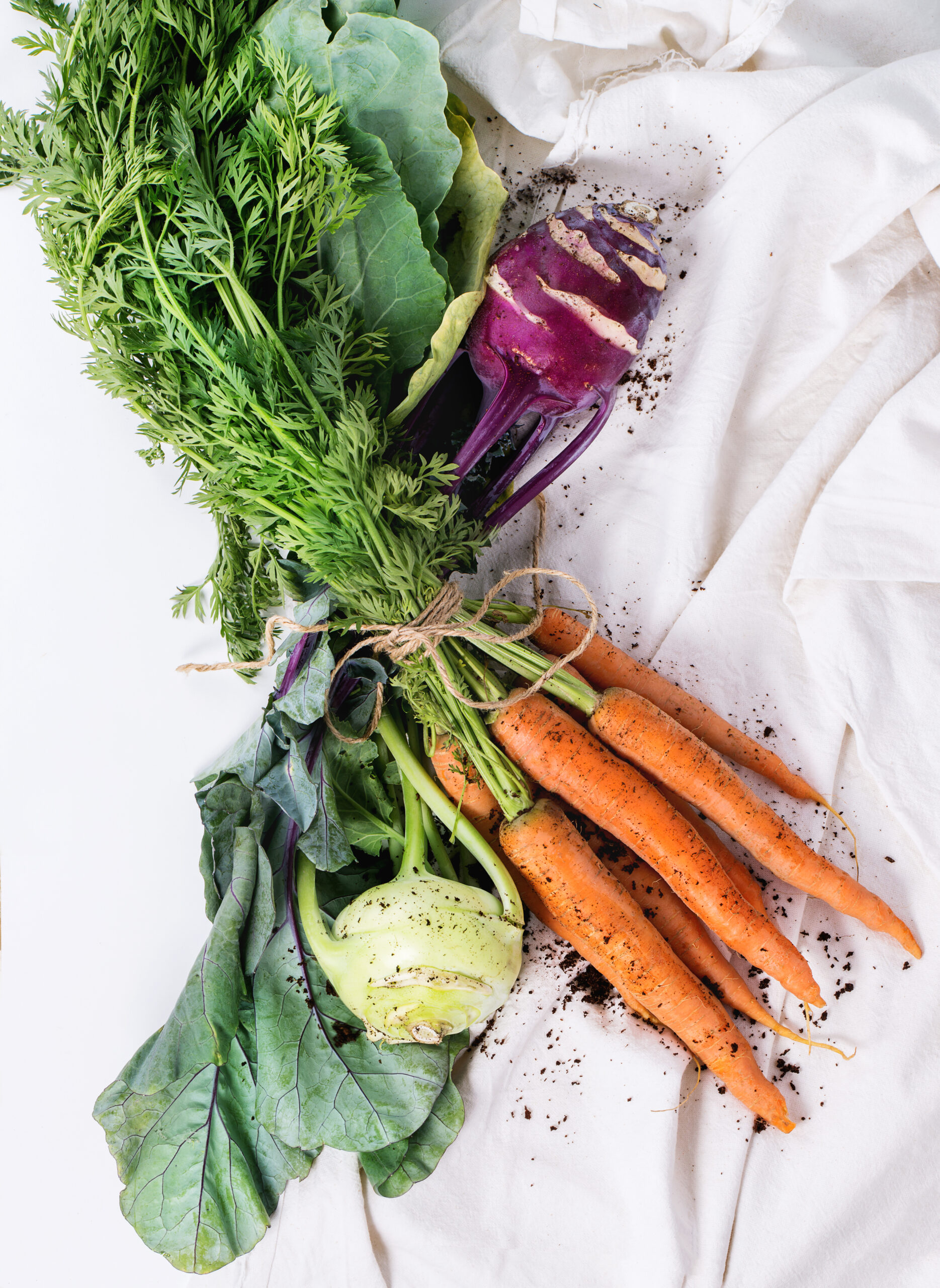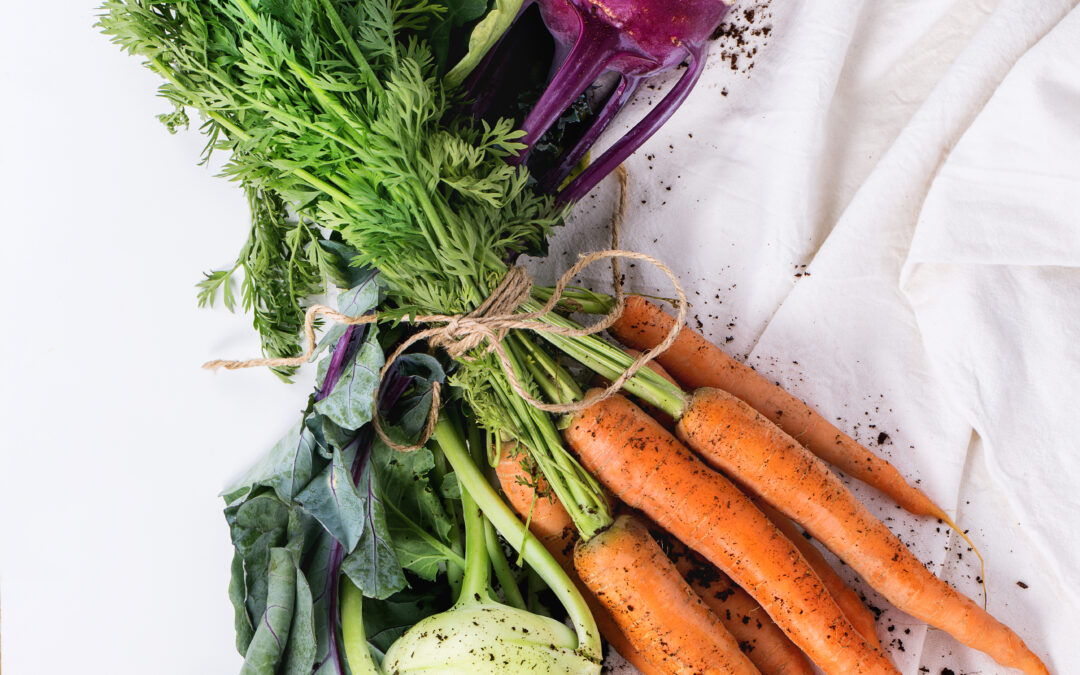Are you tired of buying produce that has been picked too early, shipped long distances, and stored improperly? Do you want to know where your food comes from and how it was grown? If so, home farming may be for you. In this blog post, we will cover everything you need to know to get started with gardening, composting, and sustainable living.
Gardening Basics for Beginners
Gardening can seem intimidating at first, but it’s actually quite simple once you understand the basics. The key to successful gardening is healthy soil, proper watering, and choosing the right plants for your climate and space. Here are some tips to help you get started:
Choose a sunny spot in your yard or balcony that gets at least six hours of direct sunlight per day.
Use a soil test kit to determine the pH level of your soil. Most vegetables prefer slightly acidic soil with a pH between 6.0 and 7.0.
Add organic matter like compost or manure to your soil to improve its structure and nutrient content.
Water your plants deeply and regularly, but avoid overwatering which can lead to root rot.
Composting 101: How to Start a Compost Pile
Composting is an easy way to reduce waste and create rich, fertile soil for your garden. All you need to start a compost pile are brown materials (like leaves or shredded paper), green materials (like grass clippings or fruit scraps), air, and water. Here are the steps to follow:
Build a bin or pile using pallets, chicken wire, or other materials.
Layer your browns and greens in alternating layers, adding water as needed to keep things moist but not soggy.
Turn your pile occasionally to aerate it and speed up decomposition.
Within a few months, you should have beautiful, nutritious compost ready to use in your garden!
Sustainable Living Tips and Tricks
Sustainable living is all about reducing waste, conserving resources, and living in harmony with nature. Here are some tips and tricks to help you get started:
Reduce your energy consumption by turning off lights when not in use, using low-flow fixtures, and installing energy-efficient appliances.
Save water by fixing leaks, taking shorter showers, and collecting rainwater for outdoor use.
Use reusable bags, containers, and utensils instead of disposable ones.
Support local businesses and buy locally produced goods whenever possible.
Choosing the Right Plants for Your Garden
The key to success in home gardening is choosing the right plants for your climate, space, and needs. Here are some factors to consider when selecting plants:
Hardiness zone: Make sure the plants you choose are suitable for your region’s hardiness zone.
Space requirements: Consider the size of the mature plant and how much room it will need in your garden.
Sun exposure: Some plants require full sun while others prefer partial or even full shade.
Soil type: Different plants thrive in different types of soil, so make sure to check the growing requirements before planting.
The Importance of Soil Health in Gardening
Soil health is critical to the success of your garden. Healthy soil contains beneficial microorganisms, nutrients, and organic matter that support plant growth and development. To maintain healthy soil, here are some practices to follow:

Avoid using synthetic chemicals that can harm soil life.
Rotate crops to prevent depletion of specific nutrients.
Add organic matter like compost or manure to your soil to improve its structure and nutrient content.
Common Garden Pests and How to Control Them
No matter how carefully you tend your garden, you’re likely to encounter pests at some point. Here are some common garden pests and ways to control them:
Aphids: These tiny insects suck sap from plants and can cause stunted growth and distorted leaves. Natural controls include ladybugs and lacewings, or you can spray with neem oil or soap solution.
Slugs: These slimy creatures love to snack on young seedlings and tender foliage. Natural controls include beer traps, copper tape barriers, or diatomaceous earth.
Snails: Like slugs, these mollusks enjoy feasting on plants. You can control them with similar methods as slugs.
Harvesting and Preserving Your Homegrown Produce
One of the best parts of home farming is getting to harvest and eat your own fresh produce! Here are some tips for harvesting and preserving your homegrown fruits and veggies:
Harvest produce when it’s ripe but still firm.
Wash produce thoroughly before eating or storing.
Use techniques like blanching, freezing, or canning to preserve excess produce for later use.
Making the Most Out of Small Spaces in Urban Farming
Urban farming presents unique challenges, but there are many ways to maximize your growing space. Here are some ideas for making the most out of small spaces:
Grow vertically with tower gardens or hanging planters.
Use container gardening with stackable planters or repurposed containers.
Take advantage of rooftop or balcony space for additional growing areas.
Conclusion: Next Steps Towards Successful Home Farming
Congratulations on taking the first step towards home farming! With these tips and tricks, you’re well on your way to growing your own delicious, sustainably produced fruits and vegetables. Remember to stay curious, ask questions, and always experiment with new techniques and varieties. Happy farming!





